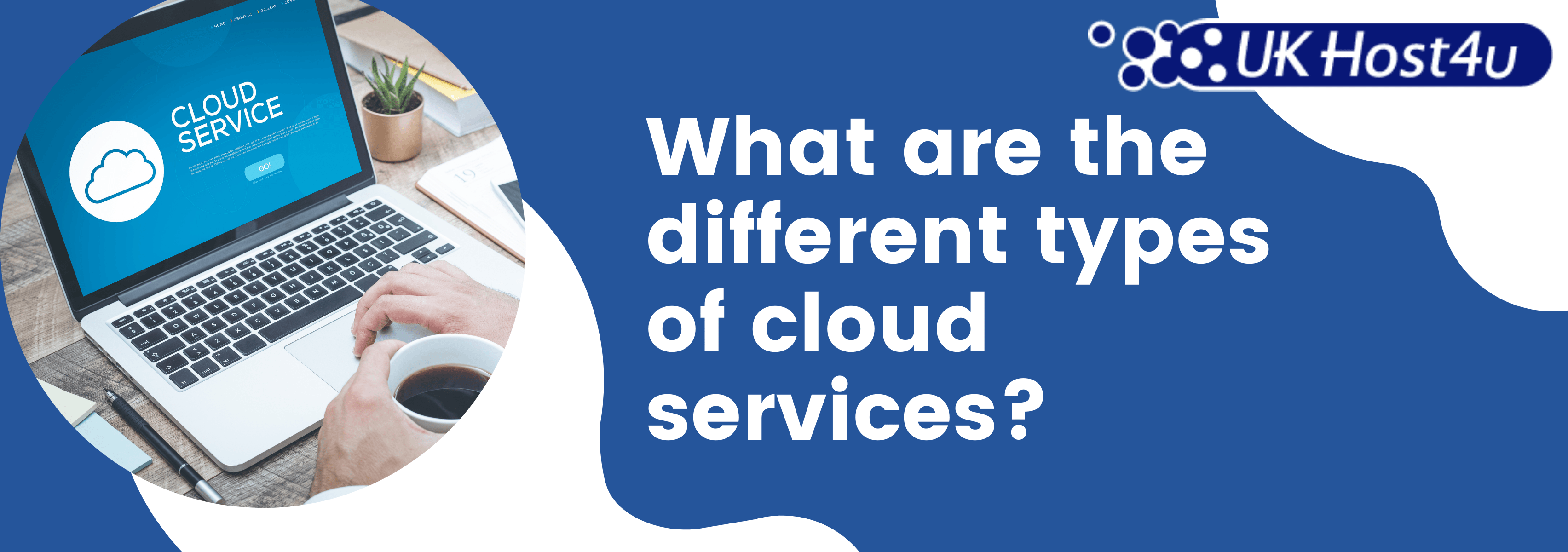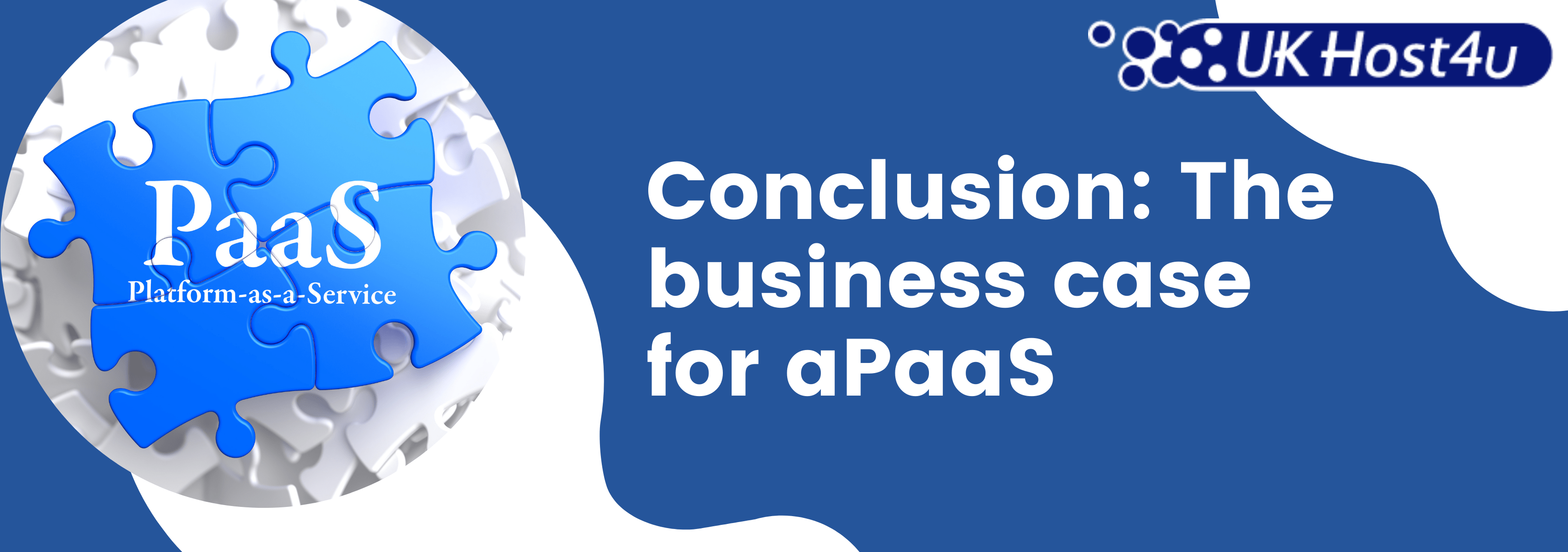Application Platform as a Service: What Is It?

When developing an application for web or mobile, a developer needs much more than just a good idea. We think of mobile applications as something that you download and deploy remotely, but this isn’t the whole picture. Developers also need the infrastructure to host their applications and the tools to build them.
Purchasing each component individually and then keeping it up-to-date in light of continually improved technology would not be a sensible business model for any app developer. It would be the equivalent of purchasing the parts of a plane to build your own rather than simply booking a ticket for a flight.
Developing mobile applications using cloud technology helps to simplify the process, which is where the application platform as a service vendor model is most helpful. Rather than start from scratch with your app development, you could hire the tools and platform you need to be able to build and deploy apps with ease.
What are the different types of cloud services?

Cloud computing services have been growing in popularity as those looking to make the most of connected computing realise the benefits of flexible hosting. Cloud computing is a group of IT-related products and services that provide on-demand access to shared computing resources, such as networks, storage, applications and services. These are typically delivered via the internet or internal company data centres.
There are many types of cloud services available on the market today; some examples include Infrastructure as a Service (IaaS), Platform as a Service (PaaS), Software as a Service (SaaS). It’s helpful to think about the structure as a pyramid, with IaaS at the bottom providing the infrastructure for other cloud services.
Many PaaS vendors will use IaaS as the platform for their service. And SaaS vendors make the most of the services offered by PaaS vendors. This shared hosting ecosystem makes it easier for developers to deploy resources in a cost-effective way.
Within the PaaS cloud sector, there are also more specific platforms that are designed for unique purposes. These include application platform as a service, mobile platform as a service, communication platform as a service and more.
What is Application Platform as a Service (aPaaS)?

Application Platform as a Service, or aPaaS, is a software framework that enables the development of software applications through an Application Programming Interface (API) service model.
The API service model provides programmatic access to data and capabilities, including computing power, storage capacity, network bandwidth and other computing resources. It’s a complete package that includes all of the licensed services needed to bring an app to market.
It simplifies the development process by removing the need for each developer to have deep knowledge of how to build and deploy applications on top of the underlying platform. The singular building environment is also simple enough for non-technical stakeholders to grasp, making it easier to gain their support.
Application Platform as a Service offers a unique way of building, managing and deploying software without worrying about infrastructure. It provides an integrated development platform with everything needed to deliver any type of application on any type of device.
What are the benefits of aPaaS for developers?

The primary benefit of aPaaS is the ability to focus on the coding instead of worrying about server-side deployment, scaling, and other maintenance tasks. This allows developers to spend less time on tedious tasks and more time focusing on their actual work. Having a good idea for an app is only one part of the task of bringing it to market. Here are some further benefits of this cloud computing model for developers:
Seamless collaboration
aPaaS also helps in better collaboration with other team members. With a single dashboard, all members are able to track the progress of their work. They are also able to communicate better because all information is in one place. With many development agencies employing a distributed team located all over the world and in different time zones, this collaborative approach allows everyone to stay on the same page and avoid duplicating work.
Remove barriers to entry
Another distinct advantage of using the aPaaS model to bring an application to market is that it removes many of the barriers to entry. It is less costly and less complex, making it accessible for new developers. This helps to level the playing field and allows small app development companies to act like much larger companies.
Flexible and scalable
Cloud computing and using an aPaaS vendor system to design and deploy an app will also help to maximise resources and ensure companies can scale with ease. When using cloud infrastructure, you can opt for a pay-as-you-go model that will enable you to keep a close eye on costs. As your app grows and you prepare to scale your business, your cloud vendor will be able to provide the level of support needed. This avoids the risk of setting self-imposed limits on your growth by choosing the wrong infrastructure.
Reduce app development time
When you want to share your app with the world, time is of the essence. Using the tools available from an application platform as a service vendor can cut development times from years to months. This can help to reduce costs and allow you to start seeing a profit from your idea a lot sooner. From a business owner’s perspective, this can translate to significant savings.
How to choose the right aPaaS vendor for your business

With the help of the aPaaS setup, companies can get more work done with fewer resources. PaaS is becoming increasingly important in today’s business world because it provides better efficiency and agility.
The number of companies using aPaaS has increased significantly. It saves time and money by automating the process of scaling up digital technologies. It also provides flexibility in terms of scalability, which is hard to achieve with on-premise solutions.
With so many options available, it can be confusing to choose the right one for your business needs.
Here are some factors you should consider when choosing an aPaaS provider:
- Security
- Scalability
- Functionality
- Integration capabilities
- Development support
Security is essential as you need to be sure that the product you release at the end of the development period is fit for purpose. You have a responsibility to protect end-user data, and choosing an aPaaS provider that appreciates this is essential. Look for a vendor that invests heavily in security and offers disaster recovery and business continuity plans should the worst happen. This will help to ensure your hard work is not lost if there is a breach in their existing security measures.
Scalability is also an important consideration. You don’t want to self-impose limits on your growth by choosing a provider that cannot keep up with you as you grow. Look at their case studies and explore which other companies are relying on them for scalability to determine if you are in good company.
There are other technical considerations to be aware of. Can you develop apps using the tools and software you are accustomed to? Does the aPaaS offer the kind of integrations required to bring your project to life? With so many providers available, it makes sense to shop around rather than feel you need to compromise.
And finally, you should also look for a vendor that can provide support and advice when you need it. When you own the infrastructure for hosting your applications, you are entirely responsible for making sure this remains functional. But when you rent the space from a vendor, you take some of the pressure off your team to provide this essential maintenance and support. This is why it is essential to ensure you can access round the clock support when you need it.
Conclusion: The business case for aPaaS

Choosing an aPaaS vendor to help make your app a reality is the simplest and most cost-effective solution. While this setup might not be right for every company and developer, the vast majority can benefit from this cloud rental model. If you require complete control over the hosting and environment, then a hybrid model might be more appropriate.
It’s important for application developers to not only think about what they need right now but also about what they might need further down the line. Taking this future-proof approach to app development can put you in a position to grow and scale like never before. Rather than self-imposing limits on your growth, put yourself in a position where you can already think about the next steps.
With so many aPaaS vendors available, it’s important to shop around to find a balance between pricing and service. The cheapest option might serve you well in the beginning, but it might have limitations on resources and tools. You might also end up paying a much steeper fee if your app quickly grows in popularity. Try to balance your current and future needs when choosing your vendor to ensure you’re always ready for the next steps.

